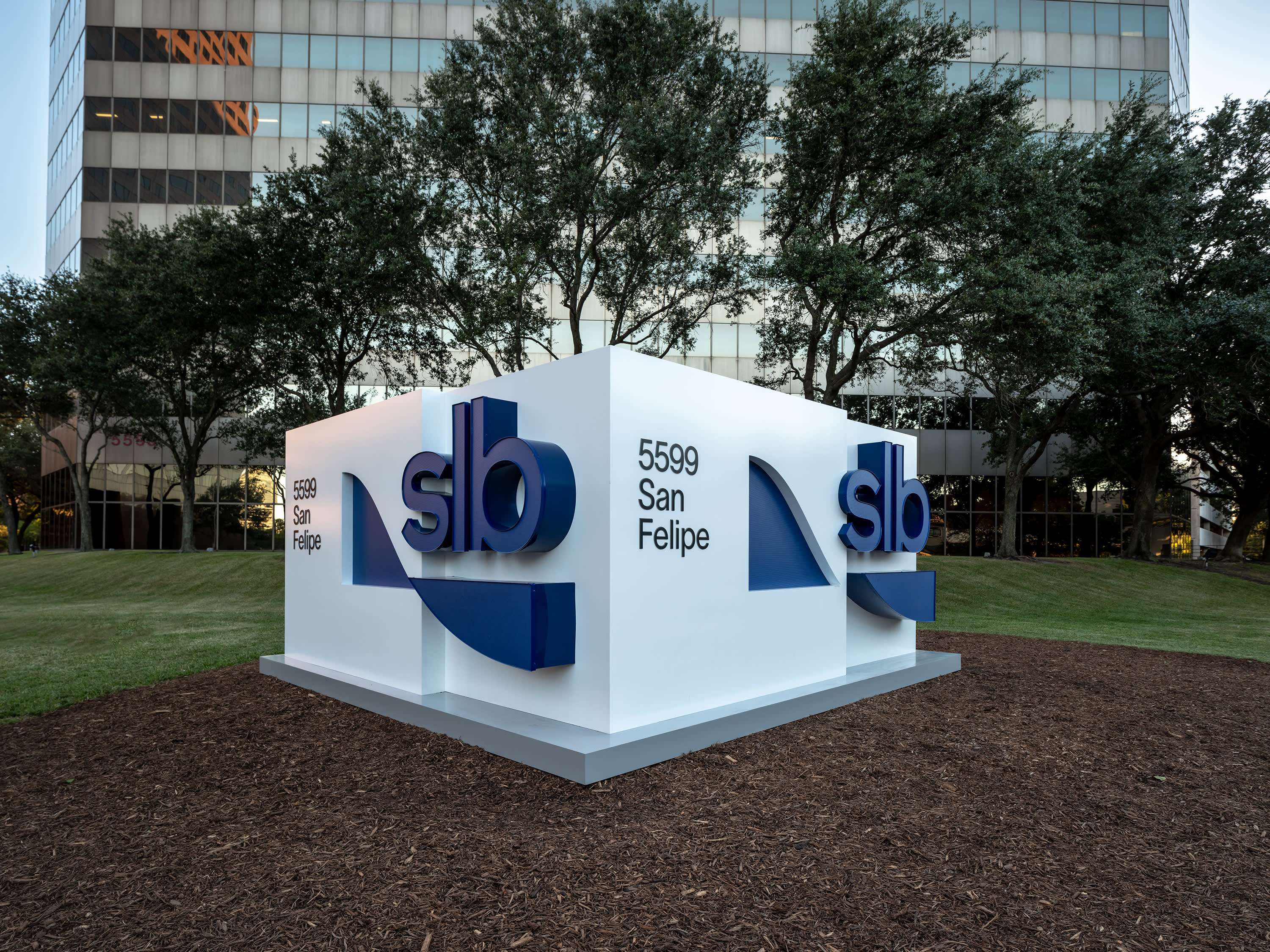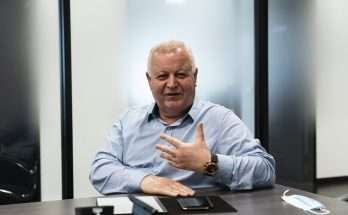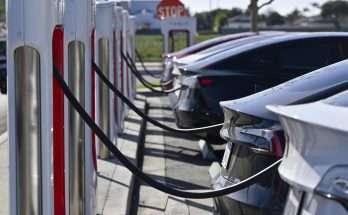
SLB Headquarters, Houston, Tx.
Courtesy: SLB
The oilfield services giant SLB, formerly known as Schlumberger, is aiming to accelerate the deployment of carbon capture technology through an investment in Norway’s Aker Carbon Capture.
SLB said late Wednesday that it will pay about $380 million, or 4.12 billion Norwegian kroner, for an 80% stake in the pure-play carbon capture company. The deal is expected to close by the end of the second quarter.
SLB stock was flat in early trading Thursday.
Schlumberger rebranded as SLB in 2022 as part of the company’s growing focus on lower-carbon technologies. SLB is targeting $3 billion in revenue from its new energy business by the end of the decade.
CEO Olivier Le Peuch told analysts during the company’s fourth-quarter earnings call that carbon capture and storage will be a leading contributor to that $3 billion target. SLB is participating in more than $400 million worth of tenders related to carbon capture and storage.
Carbon capture is a technique that captures carbon dioxide from industrial operations and then transports those emissions, typically through a pipeline, for permanent storage thousands of feet below ground.
Aker Carbon Capture has developed a process that absorbs carbon dioxide emissions with a solution made of water and organic amine solvents.
The International Energy Agency has described carbon capture as critical to achieving net-zero emissions globally by 2050, while at the same warning the oil and gas industry against excessive reliance on the technology.
Le Peuch said in a statement Wednesday that carbon capture and storage will need to scale between 100 and 200 times in less than three decades to support net-zero goals.
Carbon capture is viewed by the oil and gas industry, as well as the IEA, as a method to slash emissions for hard to decarbonize heavy industries such as cement manufacturing. Aker Carbon Capture says its process can be applied to gas, coal, cement and refineries.
Though carbon capture techniques have existed for decades, the industry has struggled to deploy the expensive and logistically complex technology to capture emissions at a commercial scale.
The IEA said in its net-zero emissions roadmap that the industry needs to prove that carbon capture and storage can operate at scale, describing the history of the technology as one of “underperformance” so far.


